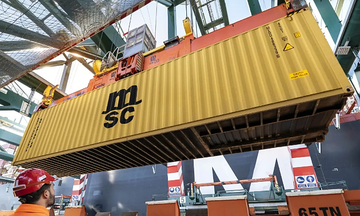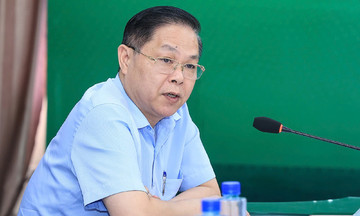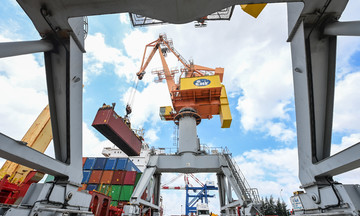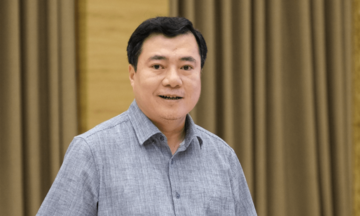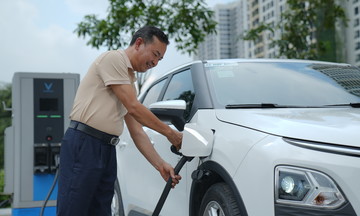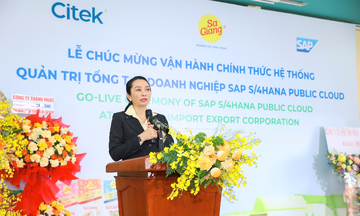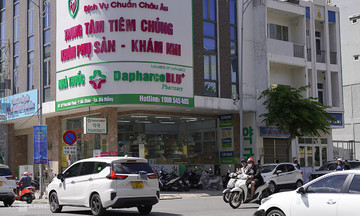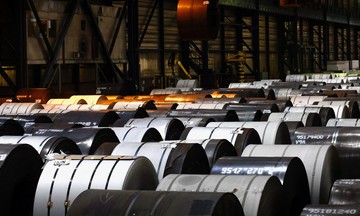At a seminar co-hosted by Doanh Nhan Sai Gon magazine and the Vietnam Initiative Network on 29/8, Nguyen Chanh Phuong, vice president of the Handicraft and Wood Industry Association of Ho Chi Minh City (HAWA), expressed optimism about export prospects despite tariff pressures.
"I remain cautiously optimistic about the US market despite the challenges ahead," he said. In the first 7 months of the year, wood and wood product exports to the US increased by more than 10%, from 4.9 billion USD to 5.5 billion USD, according to the Customs Department.
According to a recent analysis by HAWA president Phung Quoc Man, import taxes levied on Vietnam are not overly disadvantageous compared to other countries in the same industry. "If we comply with regulations on origin, Vietnamese goods can compete fairly and even have an advantage," he stated.
In early June, Vietnamese businesses signed several memorandums of understanding worth nearly 3 billion USD to purchase US goods, including forest products. This benefits the verification of origin and contributes to reducing the trade deficit between the two countries.
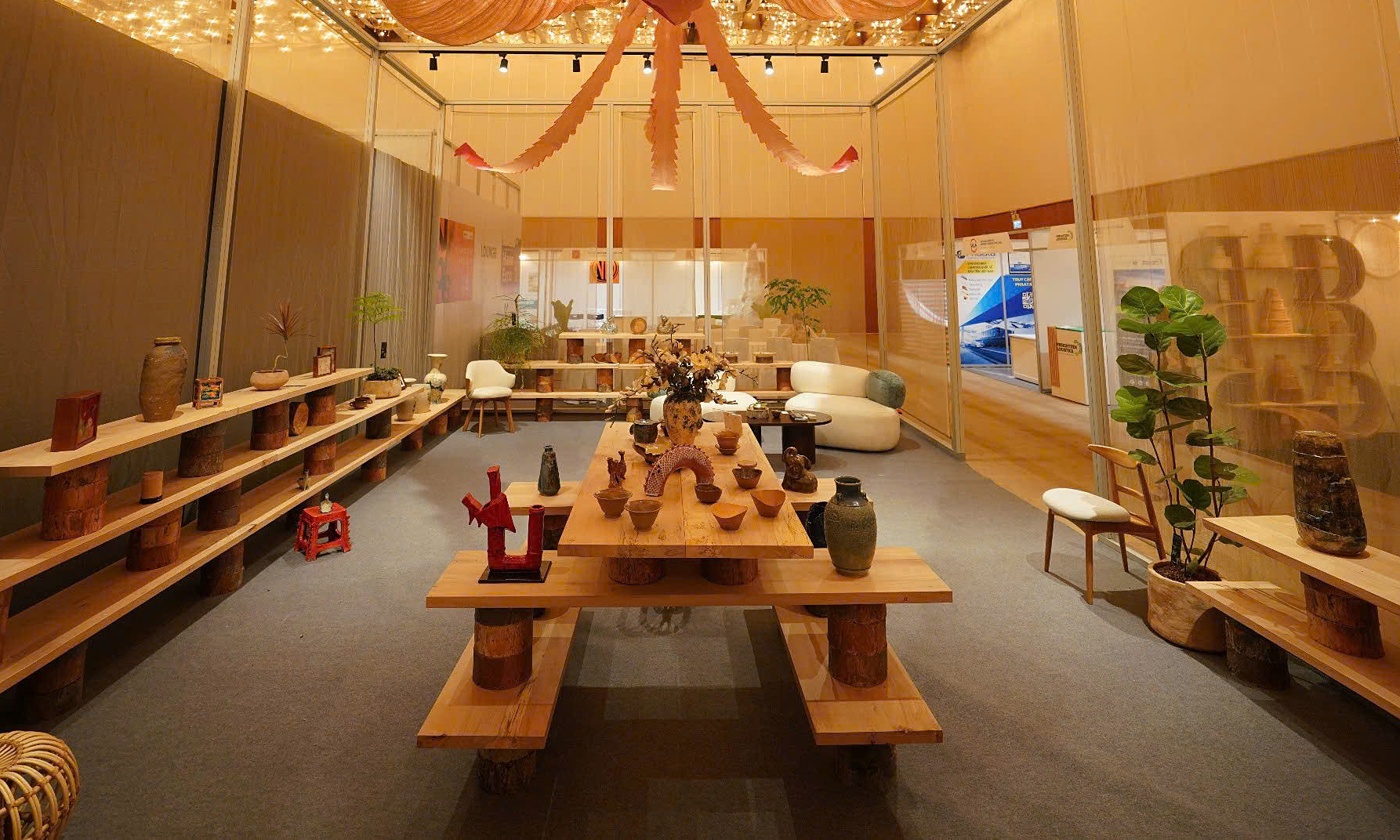 |
A booth showcasing wooden furniture and decorations made of wood and ceramic at HawaExpo 2025 in Ho Chi Minh City on 5/3. Photo: Organizing committee |
A booth showcasing wooden furniture and decorations made of wood and ceramic at HawaExpo 2025 in Ho Chi Minh City on 5/3. Photo: Organizing committee
In terms of demand, Vietnamese furniture is currently popular. On Amazon, homeware, kitchenware, furniture, and decorations are consistently among the top-selling categories. "Vietnam is asserting its growing position in the global wood furniture industry, with strong international customer demand for high-quality products," said Larry Hu, director of Amazon Global Selling Southeast Asia, at the recent VIFA ASEAN EXPO 2025.
Textiles are another major export, with shipments to the US growing by more than 15% in the first 7 months, from 8.95 billion USD to 10.3 billion USD. Pham Van Viet, vice president of the Textile and Apparel Association of Ho Chi Minh City, said that online exports via Amazon alone are estimated to have increased by 53% in the first half of the year.
According to Shinhan Vietnam Securities (SSV), the general tax rate of 20%—lower than China and India, and on par with Bangladesh and Indonesia—means Vietnam's textile industry is not significantly impacted and is fully capable of maintaining its US market share in the short term. In fact, in the first half of the year, many textile companies like TNG, SGI, May Song Hong, and Gilimex have recruited hundreds of additional workers.
In the long term, experts believe that industries with significant export volumes to the US still need improvements. Pham Van Viet emphasized the need to enhance market forecasting capabilities and take more initiative with inputs. "In the current context, we need to increase localization and develop our brands. Although challenging initially, this will enhance our competitiveness in the US market," he said.
Nguyen Chanh Phuong recommended investing in high-value-added segments and niche markets. He even suggested moving the supply chain closer to customers. "We can take advantage of opportunities to both manufacture and participate in installation, and even design and distribute directly in the US for sustainable development," he proposed.
Dr. Tran Ngoc Anh from Indiana University (US), founder of the Vietnam Initiative Network, supports the "made in Vietnam & assemble in USA" strategy. He suggested that exporters focus on non-strategic goods for the US, as goods considered strategic by Mr. Trump will be heavily protected by tariffs.
Businesses should also apply technologies like blockchain to enhance transparency of origin and join US industry associations to gather information and advocate for policies. When considering investment, they should prioritize swing states as both parties value them and offer incentives.
Besides the US, he encouraged exploring other major markets like China and Europe. Professor Nguyen Duc Khuong, CEO of Leonard de Vinci Business School and president of AVSE Global, a global Vietnamese intellectual network, assessed that Vietnamese businesses have effectively utilized the EVFTA, with exports to the EU increasing by about 10% in the first quarter and the first half of the year.
Therefore, it's crucial to continue leveraging opportunities in the European market, finding long-term partners, and promoting digital transformation, using artificial intelligence and big data to analyze supply chains. "The most important thing is to raise product quality standards, quickly update technology, and meet EU requirements," he said.
Vien Thong



